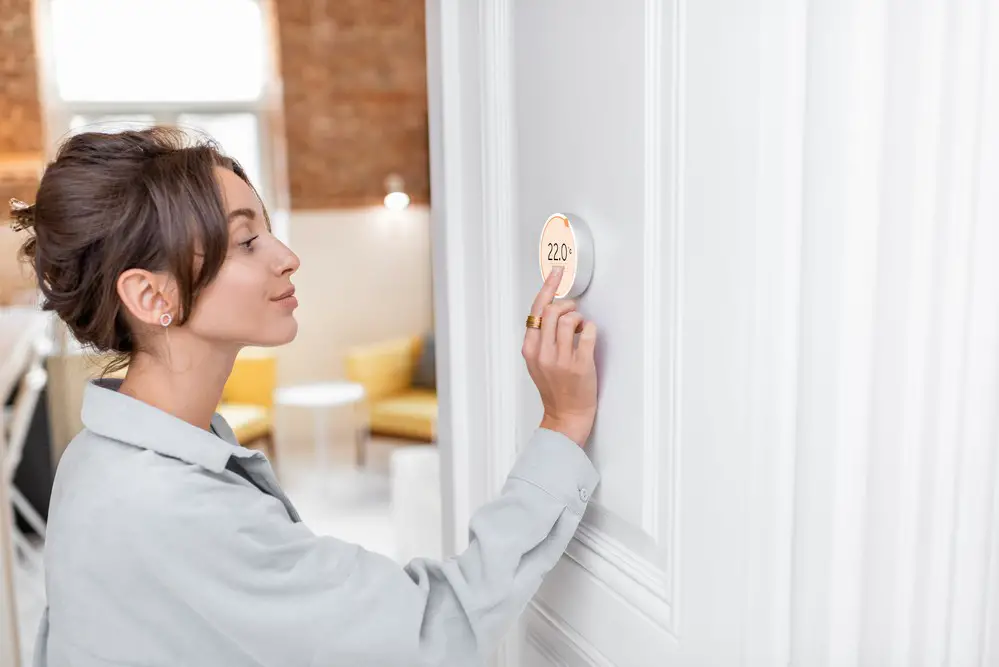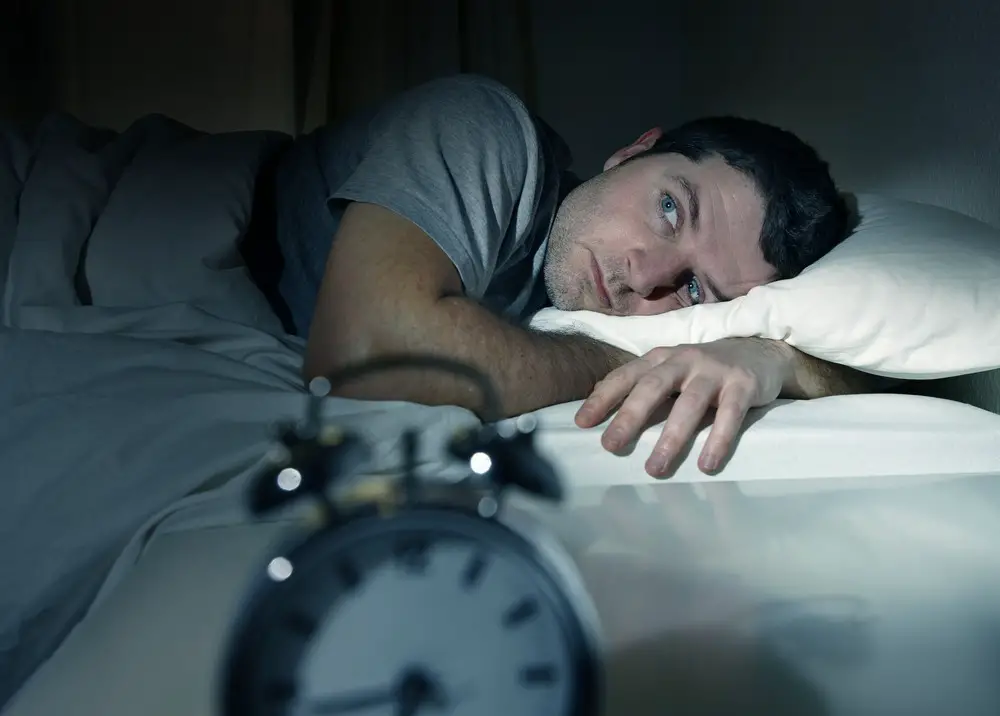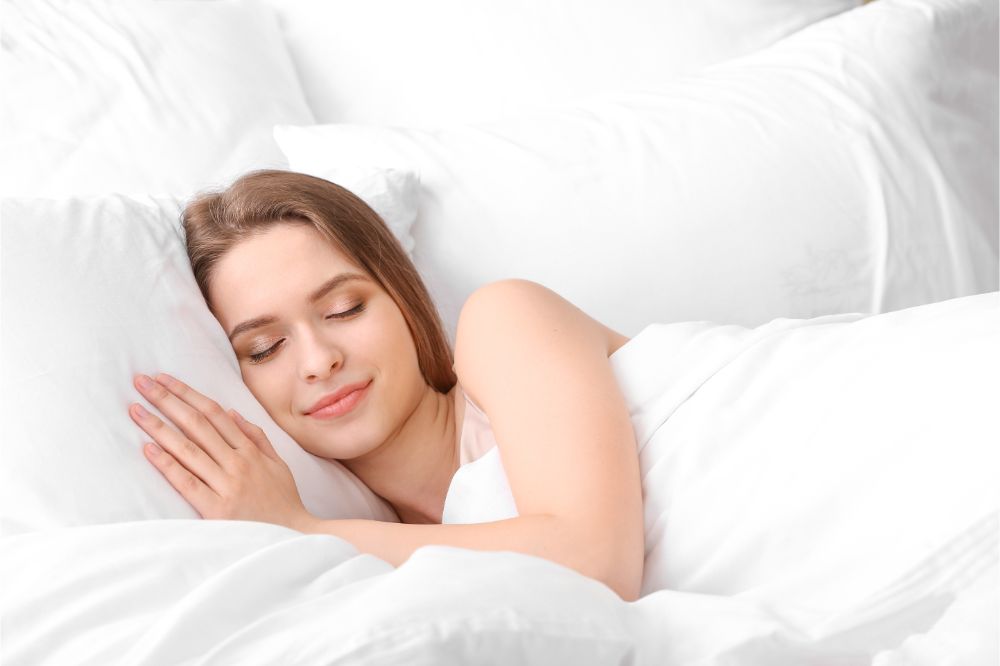As a BetterHelp affiliate, we receive compensation from BetterHelp if you purchase products or services through the links provided
Healthy sleep and a comfortable environment go hand in hand, but what is the ideal room temperature for your bedroom? Science indicates that our bodies require a cooler sleep environment, which is why most of us suffer during hot nights. Here are the reasons you need to lower the thermostat if you want to sleep better.
Optimal Room Temperature
The circadian rhythm is the body’s internal temperature shift. For example, when you go to bed, your body begins shedding warmth, reaching its lowest temperature around 5 am. As your core body temperature drops at night, cooling takes place through the blood vessels in your skin that expand. Initially, as the heat escapes, you may feel your hands and feet get warmer.
Studies have shown that ideal room temperature contributes to the best sleep, and that is why people often feel exhausted in summer if they struggle to cool their room. Ideally, a room temperature of between 15° to 19°C (60° to 68° F) is perfect for ensuring you don’t disrupt the REM stage of your sleep. Restorative eye movement or REM is the most vital stage of sleep when your body carries out cellular repair and cognitive brain function.
Scientists have linked sleep disruptions to higher body temperatures, so lowering the thermostat can help you prevent late-evening insomnia and awakening too early in the morning.
Infants need slightly warmer bedroom temperatures to sleep because their bodies don’t regulate their temperature as effectively as yours. In addition, babies shouldn’t sleep under too many covers because of the increased risk of accidental infant death. The ideal room temperature for babies is 20°-22° C (68°-72°F).
Benefits of A Cooler Sleep Environment
There are several benefits to keeping your bedroom cooler:
Easier and Deeper Sleep
The faster your body lowers its temperature at night, the easier and deeper you will sleep and reach the desired REM. The feeling of tiredness before going to sleep signifies that your body has started releasing heat. You begin to lose heat from about 60 to 90 minutes before bedtime. A warm environment leads to a waste of energy as your body fights to lose the warmth, disrupting your sleep cycle.
Cool Temperature and Your Metabolism
Interestingly, it appears that you can speed up your metabolism by sleeping in a cooler room. This article tells us how studies have shown that sleeping at a cooler temperature burns calories and dispose of excess blood sugar more effectively because it increases the brown fat (good fat) that helps our bodies effectively use energy.
Fight the Risk of Disease
White fat is bad for you, but since better sleep quality increases your brown fat deposits, there are more benefits than a faster metabolism and a healthy body weight. A decrease in the levels of harmful body fat reduces your chances of obesity and the health risks it carries, including diabetes, heart disease, and certain cancers.
Improve your overall health and add to your general lifestyle habits by bringing your room temperature down.
Hormonal Balance
Two hormones are crucial to your overall well-being – melatonin and human growth hormone (HGH). A cool bedroom ensures increased production in both hormones, helping with cell repair, better sleep, better eye health, and helps fight diseases.
Don’t forget that light also inhibits melatonin levels. Screen time at bedtime will disrupt your sleep because the blue light emitted from screens tricks the brain into thinking it is daytime. Stop whatever you are doing on your computer and mobile phone as you prepare to sleep and turn the lights off.
Looking Younger
Increasingly, people feel sleep-deprived, which has detrimental effects on their skin. Since a lack of sleep can cause outbreaks, wrinkles, dull skin, dark circles, and undereye bags, ensure you get quality sleep every night. That means at least 7 to 8 hours of sleep in a colder room to help you look younger.
Creating A Cooler Room
There are several ways to create a cooler room if you don’t have a good cooling system. Several effective cooling methods are available for your bed, including mattress toppers and pillow pads.
Box fans placed facing outwards at an open window will draw warm air out of the room and improve air circulation. Drink plenty of water and dress lightly when sleeping to help regulate your body temperature. Use breathable fabric options for your bedding like cotton or line.
Finally, keep your room cool by keeping the heat out during the day by drawing the blinds or curtains and opening the windows in the evenings.
Last Word
The ideal room temperature offers you a comfortable night’s sleep. However, don’t turn your thermostat so low that you end up having to use more blankets or comforters; otherwise, you will end up having a restless night.
- 3 Ways Wearing a Hat Can Help Lower Your Stress Levels - April 19, 2025
- Breaking the Silence: Why Men’s Mental Health Matters More Than Ever - April 15, 2025
- How to Transform a Home’s Patio Space into a Relaxing Space - March 23, 2025
This site contains affiliate links to products. We will receive a commission for purchases made through these links.



